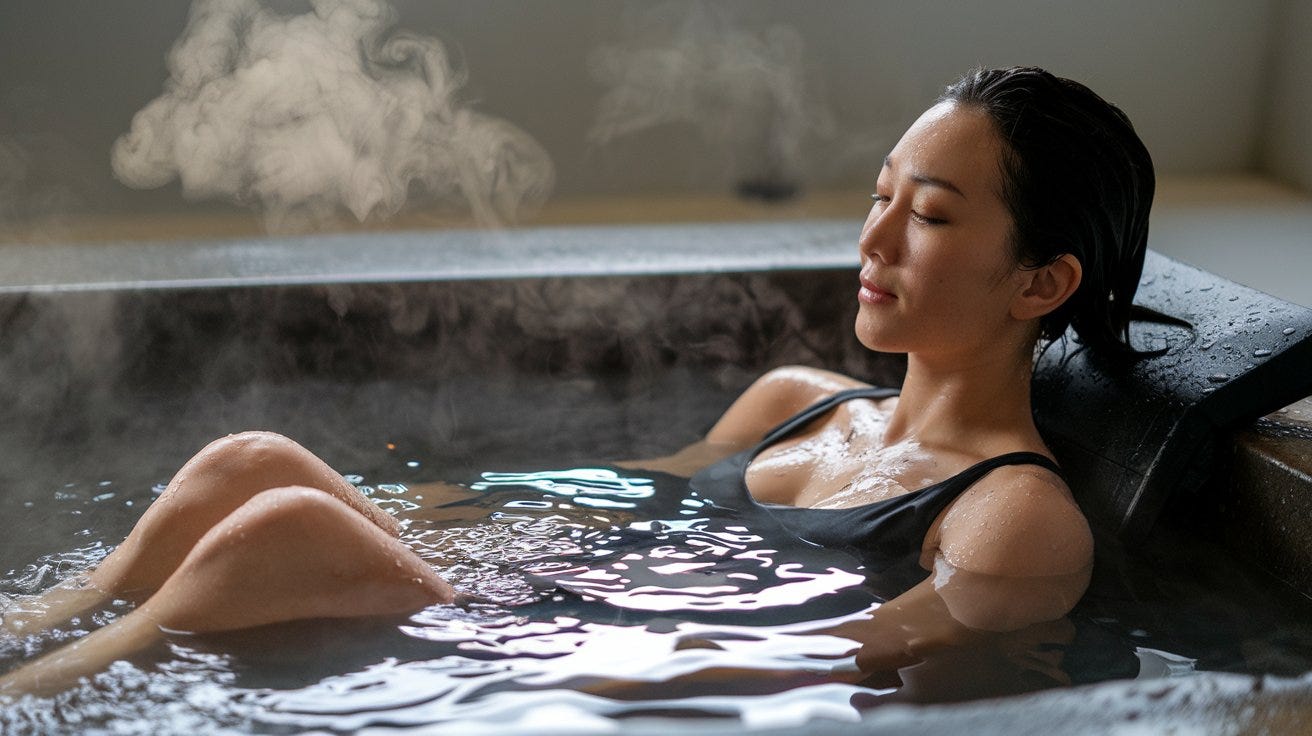“The Cold Truth Part.2: Cool, Rest, or Roll? Finding Your Best Post-Workout Recovery Method”
Comparing Cold Water Immersion (CWI) to Other Recovery Strategies
Cold water immersion (CWI) is a popular recovery tool, but is it the best choice for everyone? Here’s how it compares to other common recovery methods like active recovery, passive rest, massage therapy, foam rolling, and thermoneutral water immersion (TWI), helping you choose the right option based on your needs.
1. Active Recovery
Active recovery uses low-intensity activities, like walking or light cycling, to keep blood flowing and ease stiffness.
Pros: Promotes circulation and maintains flexibility—all without extra equipment.
Cons: Time-consuming and doesn’t provide the immediate relief CWI offers.
Compared to CWI: Studies show active recovery is as effective as CWI for reducing muscle soreness and inflammation. It might even be better after strength training since it doesn’t interfere with muscle growth as CWI might.
When to Use: Ideal for maintaining flexibility and a gradual cooldown, especially after strength or aerobic training.
2. Passive Rest
Passive rest involves simply relaxing—no movement or activities, just letting your body recover.
Pros: The most accessible recovery method, with no setup or equipment required.
Cons: Limited in actively reducing soreness or stiffness.
Compared to CWI: CWI can offer faster relief from soreness due to its cooling effects. Passive is better for muscle adaptation, as it avoids interfering with muscle growth.
When to Use: Useful for long rest days, full-body relaxation, or a break between intense workouts.
3. Massage Therapy
Massage therapy uses targeted muscle manipulation to relieve tension, improve circulation, and reduce soreness.
Pros: Offers targeted muscle relief, helps with relaxation, and can improve flexibility.
Cons: Costly, time-consuming, and often requires a professional.
Compared to CWI: Both methods help with soreness, but massage is better for targeted relief, while CWI cools the whole body, making it useful for general fatigue.
When to Use: Ideal for specific muscle pain, tension areas, or a focused post-training recovery.
4. Foam Rolling and Self-Myofascial Release
Foam rolling uses pressure on muscles to release tightness, improve blood flow, and target specific muscle groups.
Pros: Inexpensive, self-administered, and great for targeted areas.
Cons: Requires proper technique and can be uncomfortable.
Compared to CWI: Foam rolling can match CWI’s effects on soreness and range of motion, but CWI is superior for full-body cooling and inflammation reduction, especially after intense workouts.
When to Use: Great for localized tightness and muscle knots. Use CWI for whole-body cooling after high-intensity training.
5. Thermoneutral Water Immersion (TWI)
Thermoneutral water immersion involves immersing in water at around 30-35°C, offering a gentler experience.
Pros: Relaxing, reduces muscle tension without the intense cold of CWI.
Cons: Lacks the anti-inflammatory effects of cold immersion.
Compared to CWI: TWI provides similar recovery benefits without cold discomfort. However, CWI is more effective for reducing inflammation right after intense exercise.
When to Use: TWI is ideal for gentle recovery, while CWI should be reserved for intense recovery needs with inflammation.
Choosing Your Recovery Strategy
Best for Immediate Relief: Cold Water Immersion (CWI) – Quickly reduces soreness and inflammation, great for intense recovery between events.
Best for Ongoing Recovery: Active Recovery and Massage Therapy – Maintain flexibility and circulation over time, ideal for regular recovery.
Best for Long-Term Adaptation: Passive Rest and TWI – Gentle on the body, promoting relaxation without interfering with muscle gains.
Best for Targeted Relief: Foam Rolling – Treats specific sore spots, ideal for muscle knots or areas of tension.
Choosing the right method depends on your workout type, recovery needs, and personal preferences. CWI provides rapid relief but isn’t always the best, especially for long-term muscle growth, so compare it with other recovery tools as needed!
Bibliography
Peake, J., Roberts, L., Raastad, T., Markworth, J., Figueiredo, V., Egner, I., Shield, A., Cameron-Smith, D., Coombes, J., & Raastad, T. (2015). Post-exercise cold water immersion attenuates acute anabolic signalling and long-term adaptations in muscle to strength training. The Journal of Physiology, 593(18), 4285-4301. https://dx.doi.org/10.1113/JP270570
Roberts, L. A., Raastad, T., Markworth, J. F., Figueiredo, V. C., Egner, I. M., Shield, A., Cameron-Smith, D., Coombes, J. S., & Peake, J. M. (2015). Post-exercise cold water immersion attenuates acute anabolic signalling and long-term adaptations in muscle to strength training. The Journal of Physiology, 593(18), 4285-4301. https://dx.doi.org/10.1113/JP270570
Marmura, H., & Palmer, M. S. (2019). Exercise Recovery with Cold and Thermoneutral Water Immersion and Performance in Athletes. Medicine & Science in Sports & Exercise. https://dx.doi.org/10.1249/01.MSS.0000562435.69398.54
Nurusyaikhi, M., Sugiyanto, S., & Nugroho, H. (2023). Cold Water Immersion Therapy for Post-Exercise Recovery: Systematic Literature Review. International Journal of Physical Education, Sports and Health. https://dx.doi.org/10.33503/prosiding_penjas_pjkribu.v1i1.2355
Moore, D. R., Tang, J. E., & Burd, N. A. (2022). Muscle Protein Synthesis in Recovery from Resistance Exercise: Potential Implications for Rest Days and Recovery Modalities. European Journal of Applied Physiology, 122(1), 2-14. https://dx.doi.org/10.1007/s40279-022-01644-9
Leeder, J., Someren, K. A., Gisane, C., Gregson, W., & Howatson, G. (2011). The Effect of Cold Water Immersion on Recovery from Exercise-induced Fatigue: A Meta-analysis: 3036. Medicine & Science in Sports & Exercise, 43(5), 622-633. https://dx.doi.org/10.1249/01.MSS.0000402428.42817.19
White, G. E., & Wells, G. D. (2013). Cold-water immersion and other forms of cryotherapy: physiological changes potentially affecting recovery from high-intensity exercise. Extreme Physiology & Medicine, 2(1), 26. https://dx.doi.org/10.1186/2046-7648-2-26
Tano, S. S., Fernandes, K., Moser, A. D. L., Pires-Oliveira, D. A., Gil, A. W. O., & Oliveira, R. F. (2015). Effects of cold water immersion on variables of balance in healthy subjects with open and closed eyes. Brazilian Journal of Physical Therapy, 28(3), 467-474. https://dx.doi.org/10.1590/0103-5150.028.003.AO05









